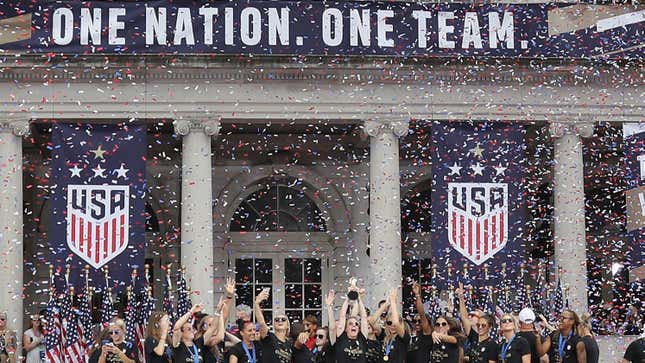U.S. Soccer Federation Says Men and Women Who Play Soccer Aren't Doing the Same Job
Latest

Since March of last year, The United States Soccer Federation and members of the U.S. Women’s National Team have been locked in a gender discrimination lawsuit, in which the women’s team allege they have been inadequately paid. Last night, while most of the northeast slept, The U.S. Soccer Federation, which still serves as the governing body of the men’s and women’s national teams, filed a motion for a summary judgment and dismissal of the case, arguing that its pay practices don’t violate the Equal Pay Act and have not, in the past, violated Title VII.
Their justification is simple: the work that the players do is not equal. “Plaintiffs and the MNT players do not perform equal work requiring equal skill, effort, and responsibility under similar working conditions,” the motion reads, therefore “any pay differential is based on factors other than sex.”
-

-

-

-

-

-

-

-

-

-

-

-

-

-

-

-

-

-

-

-

-

-

-

-

-

-

-

-

-

-

-

-

-

-

-

-

-

-

-

-








































